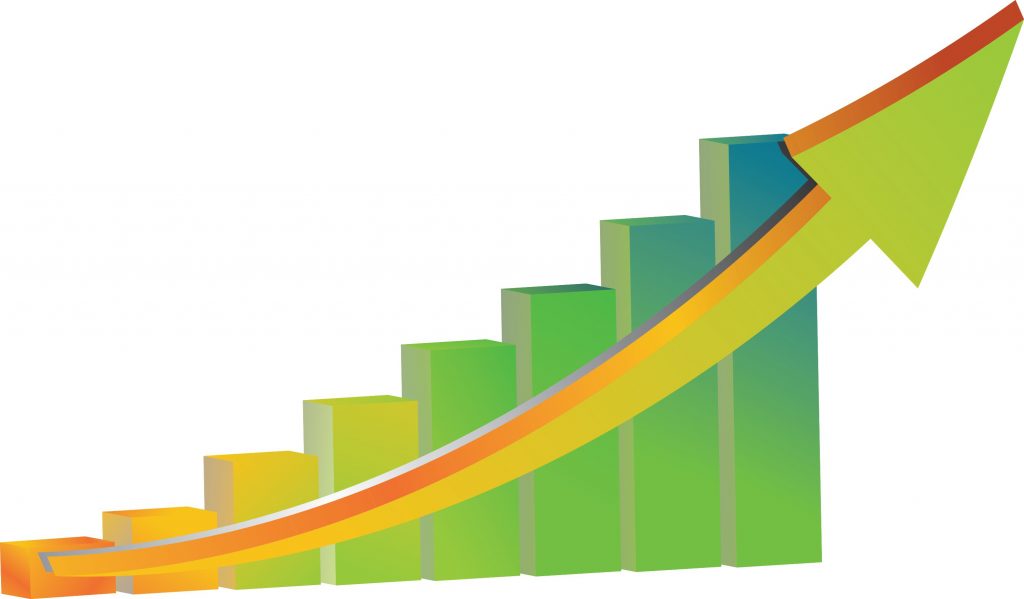Saving money as gold has proved to be one of the most reliable and long-standing investment strategies. Over time, gold has consistently proven to be a safe haven during times of economic turmoil and uncertainty. This is because gold has maintained its value and purchasing power throughout history, unlike paper currencies which are subject to inflation and devaluation.
On 10 April, 2024 U.S. Bureau of Labor Statistics unveiled the March Consumer Price Index (CPI), marking it at 3.5%. On 5 April, 2024 it also released a strong new job report, showing 303,000 new jobs created in March 2024. Nevertheless, even with strong USA economy, and less likelihood of interests falling, gold has still held strong, proving to be an effective way to hold savings as gold.
Inflation and its Effect on Interest Rates and Saving Money in Gold
The connection between rising interest rates and gold prices is nuanced and dual-faceted. On one hand, increased rates heighten the opportunity cost of holding non-yielding assets like gold. On the other, they can bolster the dollar, making gold more expensive for international buyers and potentially dampening demand. However, gold and the dollar share a complex interplay, influenced by more than just domestic economic indicators. As the primary global currency, the dollar’s valuation is swayed by international market dynamics and geopolitical developments. During times of economic uncertainty or political turmoil, saving money as gold typically becomes a preferred safe-haven for investors, driving up demand and its value.
This significant surge underscores gold’s role as a key hedge against market uncertainties, even in times of strong economic indicators. This highlights the interconnectedness of global markets.
Moreover, the Consumer Price Index (CPI) offers vital insights into inflation, a major concern for central banks and policymakers. The core CPI, which omits the volatile food and energy sectors. This serves as a critical metric for the Federal Reserve in interest rate decisions. A rising CPI might prompt the Fed to hike rates to curb inflation, whereas a declining CPI suggests weaker economic growth, possibly leading to lower interest rates.
Beyond affecting gold and interest rates, the CPI impacts everyday consumers by influencing the cost of goods and services. Rising inflation means higher living costs, a challenge especially for those with fixed incomes or in lower-income groups.
Gold as Security for Global Market Tensions
While U.S. interest rates have a substantial effect on gold prices, global market complexities and geopolitical tensions add layers of consideration for investors. Central banks and global investors often turn to gold as a secure asset, especially during global instability. Even amid strong economic indicators, the unpredictability of global markets and political climates can lead to a significant influx in gold investment. This underscores gold’s role as a crucial hedge against market uncertainties and highlights the intricate interplay of global markets and gold’s value as a financial safe haven.
The Consumer Price Index (CPI) and similar economic indicators are crucial for investors, businesses, policymakers and consumers. The CPI offers deep insights into the economy’s condition and guiding financial decisions. Monitoring these metrics is essential for staying abreast of economic dynamics and their implications on personal finance. This is especially true during a global pandemic which has heightened economic volatility and market fluctuations. The CPI, in particular, plays a pivotal role in economic decision-making.

In the current market landscape, the influence of U.S. economic indicators on gold is intertwined with geopolitical tensions, especially in the Middle East. This has historically impacted global markets by fuelling uncertainty and enhancing gold’s appeal as a safe investment.
The actions of central banks worldwide, including the People’s Bank of China’s significant augmentation of gold reserves. This underscores the global trend towards diversifying assets away from the U.S. dollar. Prevailing geopolitical and economic uncertainties continue to fuel demand for gold. This strategy is evident in countries like India and Turkey, where central banks are increasing their gold holdings, signalling a collective pivot towards asset diversification.
Gold and Crypto Currencies – Less Governmental Manipulation
The allure of cryptocurrencies and emerging assets aside, saving money as gold has proven value as a safe investment. Its enduring appeal is rooted in its scarcity, fungibility, and resilience—qualities that have solidified its position as a timeless sanctuary against inflation and economic volatility. In tumultuous times, gold emerges as a beacon of stability.

Unlike currencies susceptible to governmental manipulation and inflationary pressures, gold has consistently preserved its purchasing power across the ages. While paper money’s value may swing wildly in response to economic shifts, wars, and other upheavals, gold has maintained a stable asset profile with relatively consistent pricing trends.
Given these attributes, it’s hardly surprising that investors gravitate towards gold during periods of economic unpredictability.
Saving Money in Gold and Silver as Longer Term Investments
It is crucial to recognize that gold is not a shortcut to wealth or an infallible inflation hedge. Like any investment, it carries its own risks and uncertainties. With its value also being subject to demand dynamics, mining outputs, and geopolitical developments.
Yet, gold has withstood the test of time as a dependable value store and remains a preferred option for investors aiming for stability in their portfolios. As long as it continues to be rare and sought after, gold will retain its value and act as a bulwark against economic instability.
David Rosenberg of Rosenberg Research forecasts gold potentially reaching or exceeding $3,000, citing a tight supply and notable underinvestment by major investors. Although gold prices might briefly decline if global tensions ease and the US economy strengthens, the long-term outlook points upwards. Thus, incorporating gold into an investment portfolio emerges as a smart strategy to conserve and enhance wealth over time.
Silver, meanwhile, is currently underperforming, especially in comparison to gold. With the gold-to-silver ratio now at a record high of 83, silver presents an opportunity for growth as gold prices climb.
In the US, Costco offers gold bars at competitive premiums, while in the UK, retailers like Hatton Garden Metals, Atkinsons, and HGM are noted for their attractively priced gold offerings.
Using Professional Intelligence® to Make Smart Financial Investment Decisions
In addition to making informed investment decisions, Professional Intelligence® offers the complementary Savvy Money Savings Blueprint. This invaluable resource is designed to guide investors through the nuances of money-saving techniques, focusing on building long-term financial resilience. The blueprint encompasses everything from effective budgeting strategies to identifying cost-saving opportunities in daily expenses. By integrating these principles, investors gain the dual benefit of prudent investment practices alongside disciplined saving habits. This lays a solid foundation for financial stability and growth.
The Savvy Money Savings Blueprint is based on the belief that financial success is not just about making money, but also about effectively managing and saving it. By being mindful of where your money goes on a daily basis, you can identify areas where you can cut back, hold it and save more.






